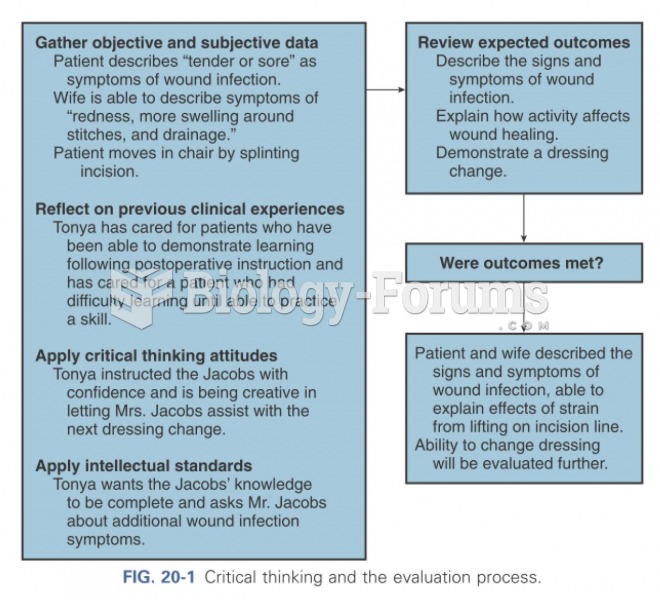|
|
|
There are more nerve cells in one human brain than there are stars in the Milky Way.
Pubic lice (crabs) are usually spread through sexual contact. You cannot catch them by using a public toilet.
The human body produces and destroys 15 million blood cells every second.
Liver spots have nothing whatsoever to do with the liver. They are a type of freckles commonly seen in older adults who have been out in the sun without sufficient sunscreen.
A serious new warning has been established for pregnant women against taking ACE inhibitors during pregnancy. In the study, the risk of major birth defects in children whose mothers took ACE inhibitors during the first trimester was nearly three times higher than in children whose mothers didn't take ACE inhibitors. Physicians can prescribe alternative medications for pregnant women who have symptoms of high blood pressure.







